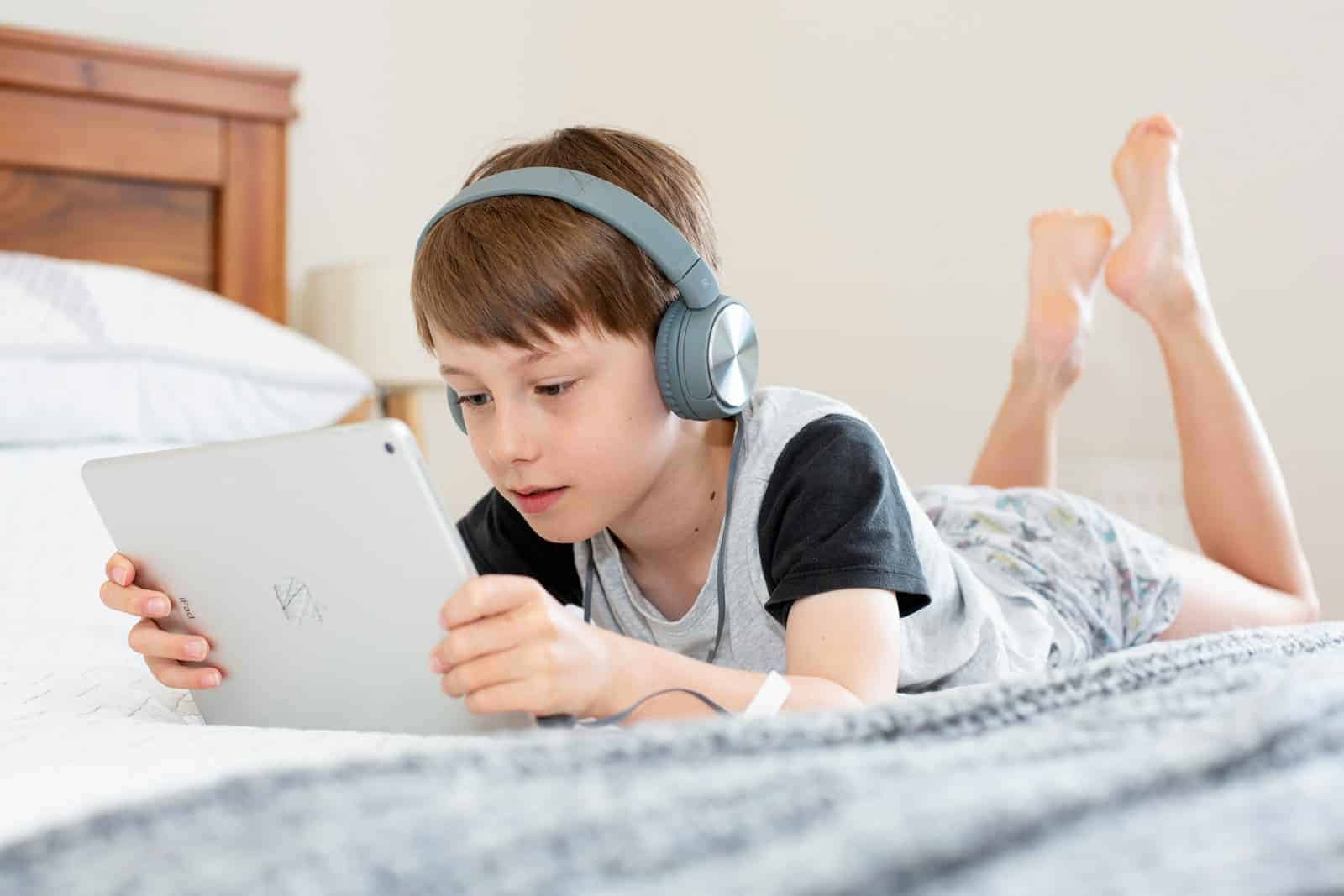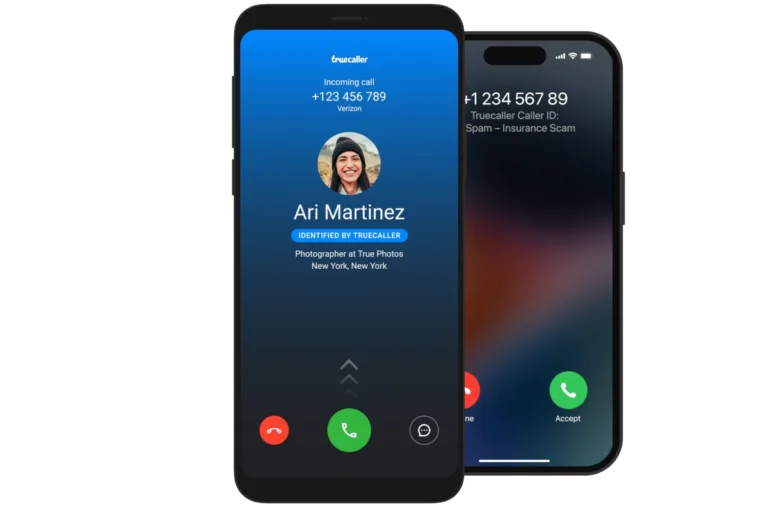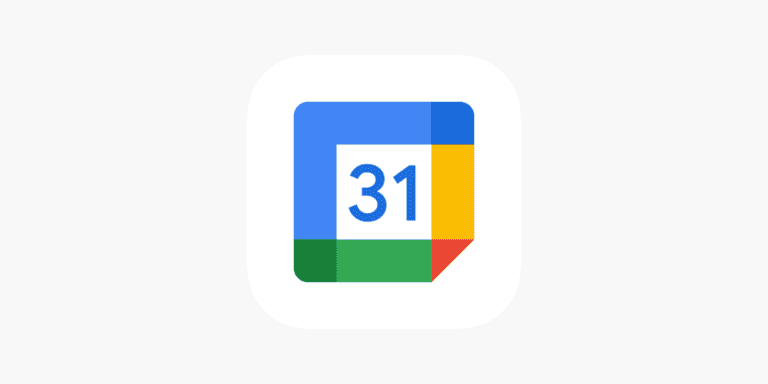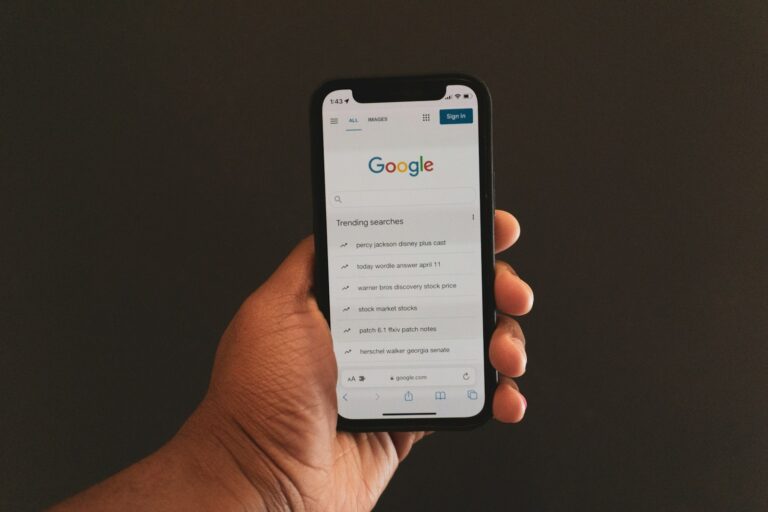
Keeping our kids safe online has become a major concern for today’s parents. With children spending more time on devices than ever before, finding ways to monitor and manage their digital activities is essential. The right parental control software can help you protect your children from inappropriate content while teaching them healthy tech habits.
Parental controls come in many forms, from built-in options on devices to comprehensive third-party solutions. You might be wondering which features are most important and how to balance safety with respect for your child’s growing independence. Whether you’re looking to limit screen time, filter content, or monitor social media activity, understanding your options is the first step to creating a safer digital environment for your family.
1: Qustodio
Qustodio is the best parental control app on the market today. It offers a comprehensive set of tools to help you monitor and manage your children’s digital activities across multiple devices.
With Qustodio, you can easily set screen time limits for your kids. This feature helps you balance their device usage and encourage healthier digital habits.
The app automatically blocks insecure content, giving you peace of mind about what your children can access online. You don’t need to constantly check what websites they’re visiting.
One of Qustodio’s standout features is its location tracking capability. You can locate your family members at any time, which is particularly helpful for keeping tabs on younger children.
Qustodio works across all your family’s devices, making it versatile for mixed-device households. The software provides peace of mind by allowing you to easily monitor activity wherever your kids go.
For Android households with children 13 and older, Qustodio is particularly recommended. It offers additional features that make it suitable for teenagers who need more sophisticated monitoring.
The platform includes scheduling features that let you customize when and how long your children can use their devices. This helps you establish consistent digital boundaries in your home.
2: Bark
Bark is a powerful parental control app that stands out with its unique monitoring approach. Unlike traditional parental controls that just block content, Bark focuses on scanning and alerting you to potential issues.
The app monitors text messages and over 30 social media platforms to keep you informed about your child’s digital activities. This comprehensive coverage helps you stay ahead of potential online dangers.
What makes Bark especially valuable is its ability to detect serious concerns like predatory behavior, suicidal thoughts, and cyberbullying. You receive notifications only when the system flags something potentially harmful, respecting your child’s privacy while keeping them safe.
Many parents appreciate Bark’s effectiveness. According to user experiences, the app has worked particularly well for monitoring iPads and iPhones for several years, though results may vary based on device types.
Bark has been recognized as one of the best parental control apps of 2025 for its screening capabilities. Its strength lies in monitoring communication channels rather than just restricting access.
The app gives you peace of mind as your children navigate their digital world. Bark’s approach acknowledges the reality that kids need to learn to use technology responsibly rather than simply being blocked from it.
3: FamilyTime Premium
FamilyTime Premium is a comprehensive parental control app designed to help you manage your children’s digital lives. It works on both Android and iOS devices, giving you flexibility across different platforms.
With FamilyTime, you can monitor and track all your child’s cell phone activities. This includes setting limits on screen time, which helps establish healthy tech habits for your kids.
The app allows you to block specific apps and websites that you consider inappropriate or distracting. This feature is particularly useful during homework or bedtime hours.
Location tracking is another valuable feature of FamilyTime Premium. You can check where your children are at any time, providing peace of mind when they’re away from home.
FamilyTime lets you direct your child’s digital activities by limiting screen time according to your family’s needs. You can create schedules for device usage that work with your family routine.
According to PCMag, FamilyTime Premium ranks among the top parental control software options available in 2025. This recognition speaks to its reliability and effectiveness.
The FamilyTime app includes text message monitoring capabilities. You can keep an eye on who your children are communicating with and what they’re discussing.
FamilyTime Premium offers all essential parental control features you’d want, including web filtering and daily scheduling options. These tools help you create a safer digital environment for your children.
4: Mobicip
Mobicip is a versatile parental control software designed specifically for busy parents who need to manage their family’s digital activities. It works across multiple platforms including iOS, Android, Kindle, Windows, Mac, and Chromebook.
You can choose from three pricing tiers with Mobicip: Lite, Standard, and Premium. The Lite plan starts at $2.99 per month and covers up to five devices, making it affordable for most families.
One of Mobicip’s key strengths is its comprehensive web filtering that blocks inappropriate content before your children can access it. This helps protect them from exposure to harmful material while browsing online.
The app also offers robust screen time management features that allow you to set limits on how long your children can use their devices. You can create schedules and even remotely pause internet access when needed.
For iPhone users, Mobicip provides protection against cyberbullying by monitoring social media conversations and alerting you to potentially harmful interactions. This feature helps you stay informed about your child’s online social activities.
The user-friendly interface makes it easy to monitor multiple children and devices from a single parent dashboard. You can quickly adjust settings and receive alerts about concerning online behavior.
Mobicip strikes a good balance between protecting your children online and respecting their privacy as they grow and develop digital independence.
5: Norton Family
Norton Family is a comprehensive parental control software designed to help you monitor and manage your children’s online activities. It works on multiple platforms including iPhones, Android devices, and computers.
You can use Norton Family to filter unwanted content and set time limits for your child’s internet usage. This helps you ensure they’re not accessing inappropriate websites or spending too much time online.
One of the standout features of Norton Family is its ability to supervise an unlimited number of devices. This makes it an excellent choice for families with multiple children, each using different devices.
The software provides regular reports on your child’s online activities. You can access these reports through the web portal or through the parent option on the mobile app.
Norton Family includes tools that help teach safe and healthy online habits. The insights provided can help you foster a good balance between online and offline activities for your children.
When compared to other parental control apps like Aura, Norton Family offers more monitoring features. This makes it a stronger option for parents who want comprehensive oversight.
The Norton Family app is available on Google Play for Android devices. It’s designed with an easy-to-use interface that makes monitoring your children’s online activities straightforward.
6: Net Nanny
Net Nanny stands as one of the leading options in parental control software, offering comprehensive tools to help you manage your child’s online activities. This web filtering software provides complete visibility and control over what your kids can access online.
With Net Nanny, you gain access to all standard parental control features that modern families need. These include robust web and app filtering capabilities that let you block inappropriate content before your child sees it.
The software excels at screen time management, allowing you to set healthy limits on device usage. You can schedule specific times when certain apps or websites are accessible and when they’re off-limits.
Location tracking features help you keep tabs on where your child is physically located. This adds an extra layer of safety beyond just monitoring online activities.
Net Nanny also provides detailed activity reports so you can review what your children have been doing online. These insights help you have informed conversations about digital citizenship.
The interface is designed to be user-friendly while still offering powerful controls. You won’t need technical expertise to set up effective protections for your family.
According to independent reviewers, Net Nanny includes all industry-standard features that parents expect in modern monitoring software. It consistently ranks among top tested picks in comparative reviews of parental control solutions.
7: Apple’s Screen Time
Apple’s Screen Time is a built-in feature for iOS devices that helps parents manage their children’s device usage without additional costs. It comes pre-installed on iPhones and iPads, making it convenient for Apple families to implement immediately.
With Screen Time, you can set daily time limits for app categories or specific applications. This helps you prevent your child from spending too much time on games or social media while still allowing educational apps.
The Content & Privacy Restrictions feature lets you manage what content your child can access. You can block inappropriate websites, restrict app downloads, and limit in-app purchases to prevent unwanted charges.
Screen Time includes a Downtime feature that restricts device usage during specific hours. This is particularly useful for bedtime or homework hours when you want your child to focus on other activities.
Parents can view detailed reports showing how much time their child spends on various apps. These insights help you make informed decisions about adjusting limits based on actual usage patterns.
For Apple households, Screen Time is considered the best option by many experts. However, some users report that it can be occasionally glitchy, as mentioned in forum discussions.
Setting up Family Sharing enhances Screen Time by allowing you to manage your child’s settings remotely from your own device. This makes it easier to adjust restrictions without needing physical access to their device.
8: Google Family Link
Google Family Link is a free parental control app that works on both Android and iOS devices. It gives you tools to manage how your children use their phones and tablets.
With Family Link, you can see how your kids spend time on their devices. This helps you understand their digital habits better.
You can set daily screen time limits for your children with this app. When they reach the limit, their device will lock automatically until the next day.
Family Link also includes a bedtime feature. You can schedule when your child’s device should be locked for the night to encourage healthy sleep habits.
The app lets you see your child’s device location, which is helpful for keeping track of their whereabouts.
You can also manage privacy settings and approve or block apps that your child wants to download from the Google Play Store.
Family Link works best for children under 13, especially in Android households. The setup process requires both parent and child devices.
You can lock your child’s device remotely when needed, such as during dinner time or homework hours.
The app is available on the App Store for iPhone users and on Google Play for Android users.
9: Aura
Aura offers parental controls that help you understand and manage your child’s online activities. You can use these tools to block inappropriate content and set screen time limits for your children’s devices.
Aura’s parental controls work well on both Android and iOS devices. They also provide monitoring for Windows, which is helpful if your kids play games on computers.
Aura’s parental controls are particularly good for managing screen time and content filtering. These features let you decide what your children can access online and for how long.
For smaller families, Aura can be an excellent choice. The platform extends beyond just online safety to provide additional protection features for your family.
Reviews from 2025 suggest that Aura is worthwhile if your main concerns are content blocking and screen time management. However, if you need more extensive monitoring capabilities, you might want to consider other options.
When comparing options, Norton works better for larger families while Aura tends to be more suitable for individuals or smaller families seeking good protection.
The interface is user-friendly, making it easy to set up restrictions on your children’s devices. You won’t need advanced technical knowledge to get started with Aura’s parental controls.
10: AirDroid Parental Control
AirDroid Parental Control is a comprehensive tool designed to help you monitor and manage your child’s device usage. This powerful app prioritizes your child’s safety in the digital world.
With AirDroid, you can easily track your child’s phone location and check their location history. This feature gives you peace of mind when your children are away from home.
The app allows you to monitor your kids’ surroundings, which can be helpful in emergency situations. You can contact your child quickly even when they might not be able to respond to you.
AirDroid offers robust call management features. You can manage contacts on your child’s phone and block unwanted calls, allowing only approved numbers to reach them.
The app management function lets you control which apps your child can access. This helps you protect them from inappropriate content and manage their screen time effectively.
AirDroid Parental Control is available for both Android and iOS devices. You can download it from the Google Play Store or Apple App Store depending on your device.
The app also offers screen mirroring and syncing capabilities. These features allow you to see what’s happening on your child’s device and help them navigate safely through the digital world.
Understanding Parental Controls
Parental controls are tools that help you manage what your children can access online and how they use their devices. These features give you better oversight of your child’s digital activities while teaching responsible technology habits.
How Parental Controls Work
Parental controls operate through various methods depending on where they’re implemented. Software solutions and mobile apps can be installed directly on devices to monitor or restrict activities. Many devices come with built-in controls through their operating systems.
Content filtering is a core function that blocks inappropriate websites and apps based on categories or age ratings. These filters can prevent access to adult content, violence, or other material you deem unsuitable.
Time management features let you set schedules for device usage. You can create “off hours” during bedtime, homework, or family time.
Some controls also offer location tracking, app usage monitoring, and communication oversight. More comprehensive solutions include network-level hardware that protect all devices connected to your home internet.
Benefits of Implementing Parental Controls
Parental controls provide peace of mind while teaching digital responsibility. They help you manage screen time to prevent excessive use that might impact sleep, homework, or physical activity.
These tools protect your children from inappropriate content they might accidentally encounter. This is especially important for younger children who may not understand what they’re seeing.
Financial protection is another benefit. Controls can prevent unauthorized purchases in apps or games that could otherwise lead to unexpected charges on your account.
Parental controls also help minimize contact with strangers online by restricting certain communication channels or alerting you to potentially dangerous interactions.
Rather than being just restrictive, good parental controls can foster healthy conversations about online safety. When implemented thoughtfully, they become teaching tools that gradually introduce more online freedom as your child demonstrates responsibility.
Types of Parental Control Features
Parental control tools offer various features to help you protect your children online and manage their digital habits. These features work together to create a safer online environment while teaching responsible tech use.
App and Website Blocking
App and website blocking lets you restrict access to content that’s inappropriate for your child’s age. You can block specific apps that might expose children to harmful content or simply distract them from schoolwork.
Most parental control solutions allow you to create custom blocklists of websites or use pre-configured categories like gambling, adult content, or violence. The best tools update these categories regularly to catch new harmful sites.
Some advanced features include:
- Dynamic filtering that analyzes content in real-time
- Keyword blocking to restrict searches with inappropriate terms
- Private browsing prevention to ensure monitoring stays effective
You can typically customize these settings based on your child’s age, with stricter controls for younger children and more flexibility for teens.
Screen Time Management
Screen time tools help you set healthy boundaries around device usage. These features let you limit how long your child can use their device each day or restrict usage during specific hours like bedtime or school hours.
Many apps offer:
- Daily time limits for overall device use
- App-specific time limits for games or social media
- Schedules that automatically disable access during homework or sleep times
- Instant pause functions to temporarily suspend device access
Some advanced solutions provide incentive systems where children can earn additional screen time by completing chores or homework. This teaches responsible tech habits rather than simply restricting access.
You can also set different limits for weekdays versus weekends, recognizing that schedules and appropriate usage change throughout the week.
Monitoring and Reporting
Monitoring features give you insight into your child’s online activities without necessarily blocking content. These tools can alert you to potentially inappropriate texts or images your child might encounter.
Key monitoring capabilities include:
- Activity logs showing websites visited and apps used
- Social media monitoring for dangerous interactions
- Text and email alerts when concerning activity is detected
- Location tracking to know your child’s whereabouts
The best monitoring solutions balance oversight with privacy, especially for older children. Many parental control apps provide customizable reporting that lets you focus on potential dangers without monitoring every detail.
You should be transparent with your child about monitoring to build trust rather than using these tools secretly.
Choosing the Right Parental Control Solution
Finding the perfect parental control software requires balancing several key factors that match your family’s unique needs. The right solution should work across all your devices, be easy to manage, and offer flexibility as your children grow.
Compatibility with Devices
When selecting parental control apps, device compatibility should be your top priority. Different families use various combinations of devices—iPhones, Android phones, Windows computers, Macs, and tablets.
Look for solutions that work across multiple platforms to avoid managing separate apps for different devices. Cross-platform support ensures consistent protection regardless of which device your child uses.
Some top-rated options like Qustodio work well for Android households with teens 13 and older. Other solutions might be better suited for Apple-focused families.
Check if the app works with gaming consoles, streaming devices, and smart TVs—places where children increasingly spend screen time.
Ease of Use for Parents
A parental control solution is only effective if you can actually use it. The best options feature intuitive dashboards that don’t require technical expertise.
Look for apps with user-friendly interfaces that make it easy to adjust settings and review reports. Many top solutions offer mobile apps so you can monitor and make changes from anywhere.
Consider how quickly you can:
- Set up new profiles
- Adjust time limits on the fly
- Respond to permission requests
- View activity reports
The best parental control software balances powerful features with simplicity. If setup takes hours or daily management feels like a chore, you’ll likely abandon it.
Customization Options
Children of different ages have vastly different needs. Effective parental controls grow with your family through customizable features tailored to each child.
The most valuable customization features include:
- Content filtering: Block inappropriate websites by category or specific URLs
- Screen time limits: Set different allowances for weekdays, weekends, and specific apps
- App blocking: Control which applications your children can access
- Monitoring and reporting: Choose what activities you want to track
Look for solutions that allow you to gradually grant more freedom as children demonstrate responsibility. The best systems can be adjusted to match your parenting style and your child’s maturity level.
For families with multiple children, the ability to create individual profiles with age-appropriate restrictions is essential.
Frequently Asked Questions
Parents have many questions about finding the right parental control tools for their families. These tools vary in features, price, and compatibility across different devices and operating systems.
What are the key features to look for in parental control software?
When choosing parental control software, look for content filtering that blocks inappropriate websites and apps. Time management features help you limit screen time and set schedules.
Location tracking lets you know where your child is, while app blocking restricts access to certain applications. Advanced options may include social media monitoring and detailed activity reports.
The best solutions like Qustodio and Norton Family offer user-friendly interfaces that work across multiple devices. Consider how easy the software is to set up and manage from your own device.
Which parental control apps offer the ability to monitor text messages?
Bark specializes in monitoring text messages and social media communications for concerning content. It alerts you to potential issues like cyberbullying or predatory behavior without giving you full access to every message.
FamilyTime Premium also provides text monitoring capabilities, allowing you to review your child’s SMS messages. Mobicip offers limited text monitoring on certain platforms.
Remember that monitoring messages requires a balance between safety and privacy, especially with older children and teens.
What options are available for free parental control apps?
Google Family Link is a free option that works well for basic parental controls on Android devices. It lets you manage apps, set screen time limits, and track location.
Many paid services like Qustodio and Bark offer limited free versions with basic features. These typically include some content filtering and screen time management but restrict advanced features.
Built-in controls on devices and browsers are also free options. Windows, iOS, and Android all include basic parental control features in their operating systems.
How does parental control software vary between different operating systems?
Parental controls work differently across iOS, Android, Windows, and Mac. iOS has more restrictions on what third-party apps can monitor, making some features less effective on iPhones.
Android devices generally allow more comprehensive monitoring and control. Parental control apps can access more information and have deeper integration with the system.
Cross-platform solutions like Norton Family and Qustodio try to provide consistent experiences across devices, but some features may only work on certain operating systems.
What are the most effective parental control applications for teenagers?
For teens, less intrusive options often work better. Bark is particularly effective because it only alerts you to potential problems rather than showing all activity.
Norton Family provides a good balance of monitoring and independence appropriate for teenagers. It focuses on building digital literacy rather than just blocking content.
Qustodio offers flexible controls that can be adjusted as your teen matures. You can gradually reduce restrictions while maintaining safety guardrails.
Can parental control apps remotely shut down a child’s phone?
Yes, many premium parental control apps offer remote device locking or “pause” features. FamilyTime Premium lets you instantly pause your child’s device or lock it remotely.
Qustodio includes a panic button and the ability to remotely lock devices during specific times or on demand. Norton Family offers similar remote shutdown capabilities.
These features are particularly useful during homework time, family meals, or bedtime when you want to ensure devices aren’t being used.






